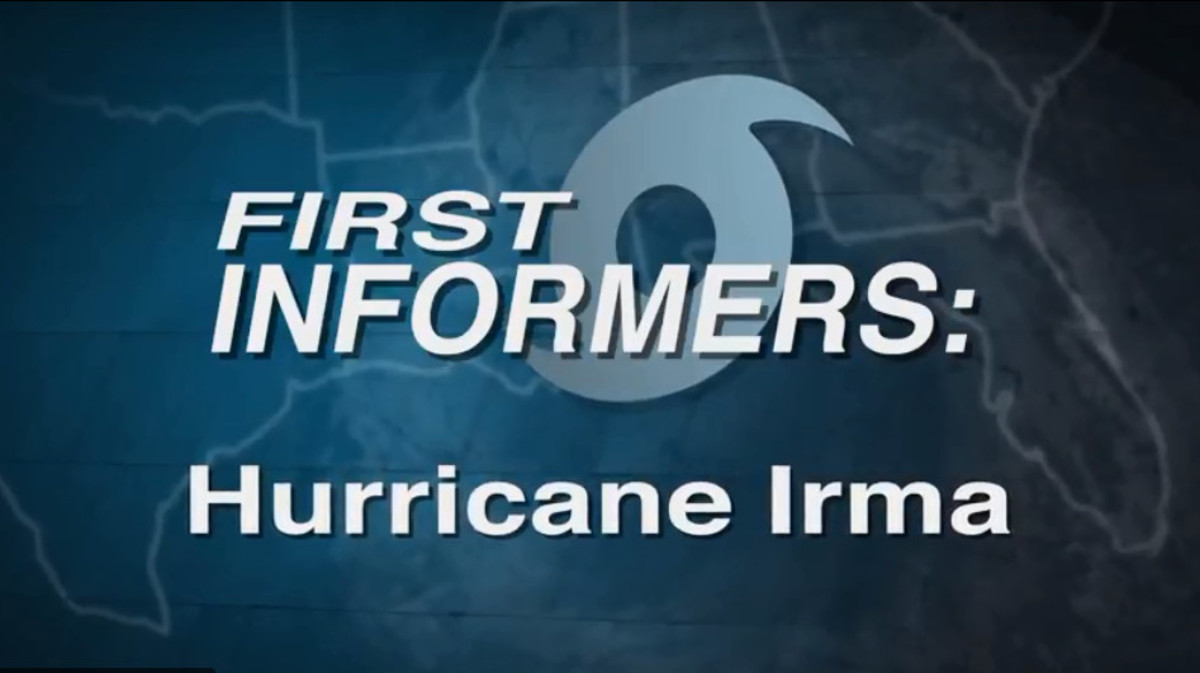Are Broadcasters “First Responders”? Let’s Not Confuse Roles
The author is general counsel of the Society of Broadcast Engineers. This commentary was published in the March 2018 edition of The Signal. © SBE
I attended a hearing of the Senate Commerce Committee recently, at which both ARRL and NAB had witnesses testify on the respective importance of amateur radio and broadcasting in emergency alerting and disaster response. FCC had a very compelling witness also: Ms. Lisa Fowlkes, the chief of the Public Safety and Homeland Security Bureau, testified on the FCC’s investigation of erroneous emergency alerts.

It was really riveting testimony from all witnesses, and the hearing was fascinating. It dealt specifically with the “false alarm” of an imminent missile attack in Hawaii recently; how such a thing could happen; why it took more than half an hour to rescind the alert and calm the panic in Hawaii; and how to make sure such a nightmare never happens again.
On a broader basis, the hearing testimony provided insight into the function of broadcasters, mobile wireless service providers and amateur radio operators in emergency alerting.
RESPOND VS. INFORM
The testimony of NAB was, I thought, simply excellent. It stressed the important role of broadcasters in front-line emergency alerting, and the reliance of the general public on broadcasters to disseminate emergency information in real time. NAB has asserted that in a disaster situation, 57 percent of the public turns to radio and television broadcast stations for updates and information in emergencies. This is an impressive number in a time of ubiquitous text messaging and other alerting platforms.
[Read: Broadcasters Now Guaranteed Access To Disaster Areas]
The professional video industry's #1 source for news, trends and product and tech information. Sign up below.
So broadcasters are indisputably “kings of the hill” in emergency alerting. But is it fair to call them “first responders”?
One might question that label, inasmuch as it is traditionally associated with, and limited to, police, fire and rescue and EMS personnel. Years ago, I prepared some testimony for an ARRL witness at a congressional hearing about federal support for first responders in spectrum allocations. I likened amateur radio ARES and RACES participants to first responders.
For that, I had my head handed to me by the then-CEO at ARRL. He told me in no uncertain terms that this would not sit well with first responders, who were the principal served agencies of ARES and RACES. I never drew the analogy again.
Last September, the Senate passed S. 102, the Securing Access to Networks in Disaster Act (SANDy as it came to be known; referencing the 2012 superstorm that ravaged the East Coast). S. 102 was a slightly different bill than H.R. 588, passed in January of 2017 by the House; but they have the same basic intent.
Since the House and Senate Bills are different, the differences had to be resolved by Congress before being sent to the president for signature. Both bills have the same effect with respect to the role of broadcasters in emergencies. They provide for access by “essential service providers” to emergency locations and disaster sites “necessary for establishing temporary or restoring wireline or mobile telephone service, Internet access service, radio or television broadcasting, cable service, or direct broadcast satellite service.”
Both bills specify that the term “essential communications services’’ means “wireline and mobile telephone service, Internet access service, radio and television broadcasting, cable service, and direct broadcast satellite service.” This is a great thing. It allows broadcast engineers to access disaster locations to restore broadcast service during or following a major disaster, and it acknowledges the important role of broadcasters in emergency alerting.
Some states have adopted “first informer” state statutes that have the same effect. But access by broadcasters in this context must be uniform throughout the 50 states and territories in order to solve the problem of access to disaster areas for re-institution of broadcast service.
Inside Radio last September reported the passage of the SANDy Act by the Senate and claimed that the bill “designat(ed) radio and TV as ‘first responders’ during natural disasters.” Actually, the legislation doesn’t do that exactly. “Essential service providers” and “first responders” are not at all synonymous, and the latter term is not found anywhere in either bill.
NAB has carefully avoided misuse of the term “first responders” as well, and good for them for doing so.
NAB was quoted as saying that when hurricanes hit, as they did last fall, “hometown radio and TV stations play a lifesaving role as ‘first informers’ during times of emergencies, and this legislation will provide local broadcasters with access to vital resources to stay on the air when disaster strikes.”
First informers: absolutely. Access to disaster sites to restore broadcast facilities by broadcast engineers: critical. “Essential Service Providers”: absolutely valid description of broadcasters and broadcast engineers. Congress needs to get this legislation to the president pronto, and he needs to sign it without any further delay.
But let’s not confuse roles here.
“First responder” is a term that should be limited to those who really fit the classic description. The term is defined in U.S. Homeland Security Presidential Directive, HSPD-8 which provides the following definition: “those individuals who in the early stages of an incident are responsible for the protection and preservation of life, property, evidence, and the environment, including emergency response providers as defined in section 2 of the Homeland Security Act of 2002 (6 U.S.C. § 101), as well as emergency management, public health, clinical care, public works, and other skilled support personnel (such as equipment operators) that provide immediate support services during prevention, response and recovery operations.”
Comment on this or any story. Emailtvtech@nbmedia.com with “Letter to the Editor” in the subject line.
